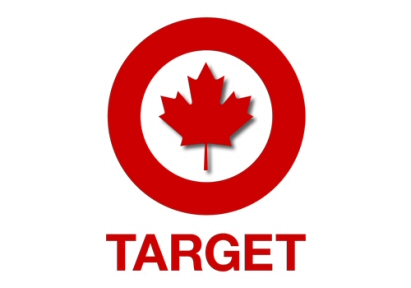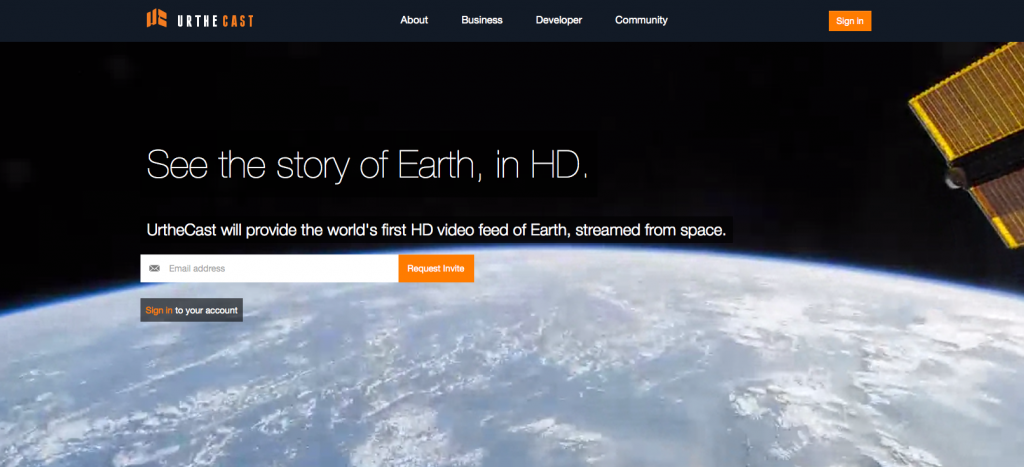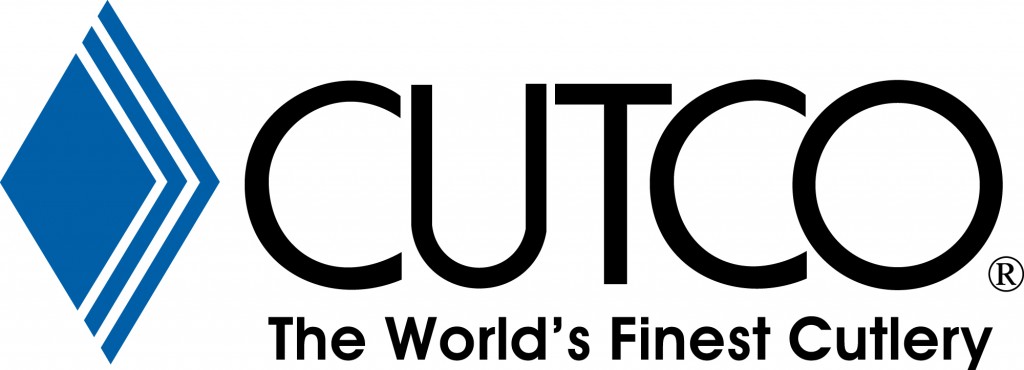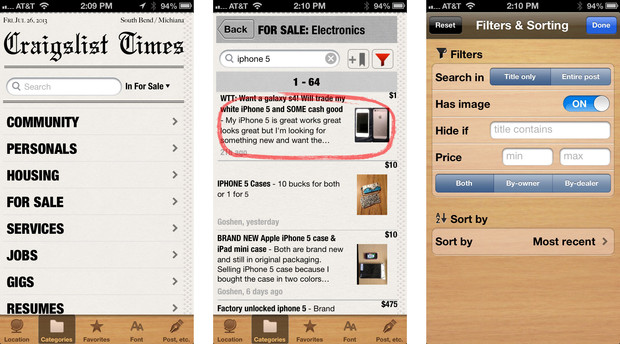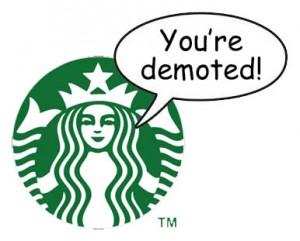Despite Target’s grand openings, sales have fallen short mainly because Canadian shoppers are not embracing the glorified “one stop shop” American way. US consumers accurately perceive a trip to Target as a shopping gallery meeting all needs which reduces the number of shopping trips made by the individual substantially.
Here I am wondering – will Canadians actually adopt the one-stop-shop lifestyle? It seems that the attitude fits the American image more where fatigued citizens are less motivated to run around doing shopping at many different locations. Who knows? Maybe it could reduce obesity among the population as strolling down aisles pushing carts could count as exercise. That being said, I’ve always seen Canadians as more active citizens embracing the healthy active lifestyle promoted by brands like Lululemon. To them, the one-stop-shop may never be appealing.
Furthermore, I think being accustomed to visiting many different competitors in order to accomplish a shopping trip serves benefits to the consumer. It helps buyers make more informed decisions about their choices as they invest time into looking up the best options. These shoppers are more financially aware than customers who just want to do all their shopping at one outlet to save the trouble. Personally, one of the engaging aspects of shopping is visiting diverse specialty stores each fulfilling a certain buy – for example: I get macaroons from the bakery, clothing, make up and accessories each from different retailers, and a cup of coffee from Starbucks. I don’t fancy the idea of picking up each of these items at a single place and being done with it for the day. The fun is to compare stores and their varied levels of service and feel the satisfaction of knowing I went to specialized stores to spend on quality purchases rather than buying an ‘okay’ level of quality on standardized merchandise.
